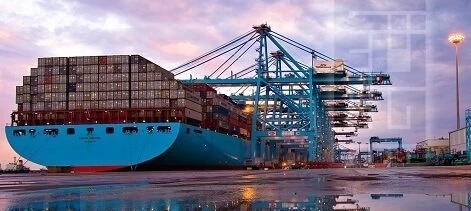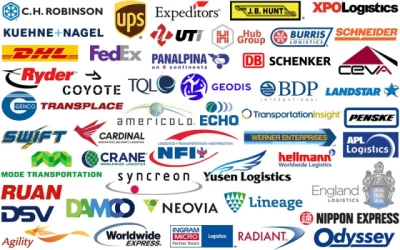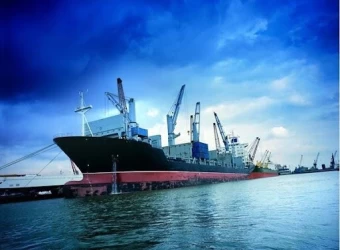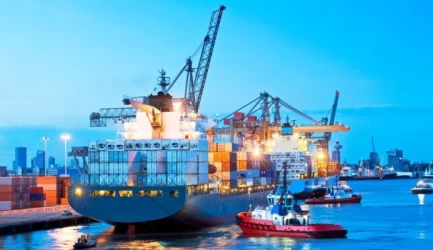Sea freight in Xiamen port
Xiamen Port, located in Fujian Province on the southeastern coast of China, is one of the most significant and busiest ports in the country. Its strategic location along the East China Sea and the Pacific Ocean makes it a vital gateway for international trade. This article provides a comprehensive overview of marine transportation in Xiamen Port, exploring its features, advantages, challenges, and its role in global commerce.
History and Development of Xiamen Port
Xiamen Port has a rich history as a crucial maritime trade hub. Over the past few decades, it has transformed into a key player in international trade, driven by China's economic policies and significant investments in port infrastructure. Since the early 2000s, Xiamen has consistently ranked among the top 20 ports worldwide in terms of container throughput, demonstrating remarkable growth in shipping activity.
Physical Characteristics and Infrastructure
Xiamen Port boasts modern terminals and advanced equipment for loading and unloading containers, positioning it as one of China's smart ports. The port is connected to an extensive internal and international transportation network, enabling swift movement of goods to and from China. With several deep-water berths capable of accommodating large container ships and oil tankers, Xiamen Port is well-equipped to handle diverse cargo types.
Container Transportation and Global Trade Role
Container transportation is one of the most significant activities at Xiamen Port. As a primary hub for container shipping in East Asia, it plays a crucial role in the movement of consumer goods, raw materials, and industrial products. The presence of major shipping companies and direct shipping lines to important global ports, including those in the United States, Europe, and Southeast Asia, has established Xiamen as a vital commercial center.
Advantages and Challenges of Marine Transportation in Xiamen Port
Xiamen Port's geographic location is one of its greatest advantages, facilitating access to Asian and international markets. Additionally, China's supportive policies for foreign trade and ongoing investments in maritime infrastructure have contributed to the port's success.
However, Xiamen Port also faces challenges. Intense competition from other Chinese ports, such as Shanghai and Guangzhou, along with environmental concerns related to pollution from heavy maritime traffic, pose significant hurdles. Sustainable environmental management and the adoption of green technologies at the port are proposed solutions to address these challenges.
Role of Xiamen Port in the Global Supply Chain
Xiamen Port is a key player in the global supply chain. With its modern infrastructure and extensive connections to global markets, the port plays a critical role in the transport of essential and industrial goods. Additionally, Xiamen's free trade zones and advanced customs facilities create an attractive environment for international investors and companies seeking to capitalize on business opportunities in China.
Conclusion
As one of China's and the world's essential ports, Xiamen Port plays a crucial role in international trade. Its modern infrastructure, effective management, and strategic location have established it as a significant hub for marine transportation. Despite facing challenges, the future of Xiamen Port appears bright, and it is expected to continue playing a prominent role in the global supply chain.
If you have any specific questions or need further assistance, feel free to ask!











